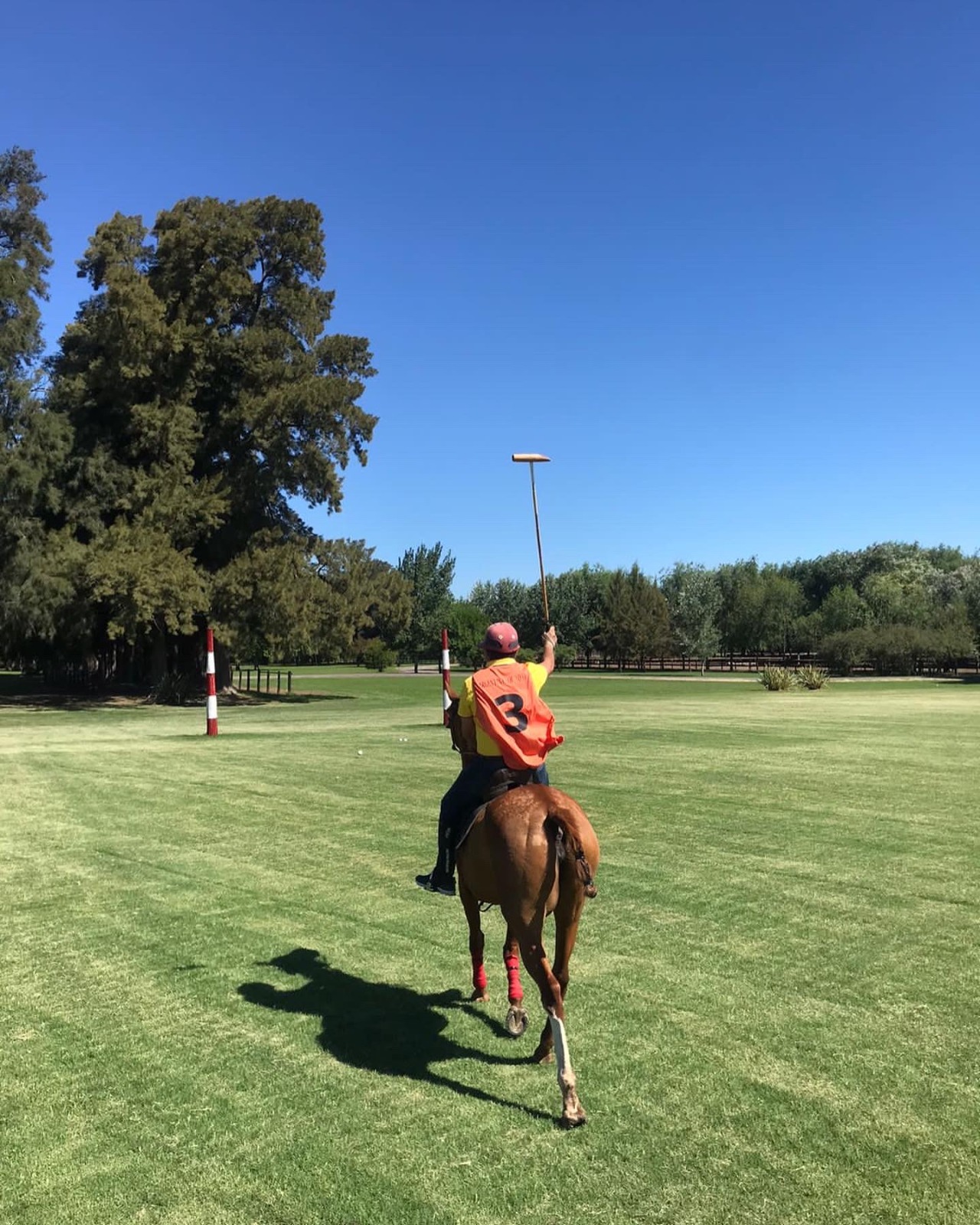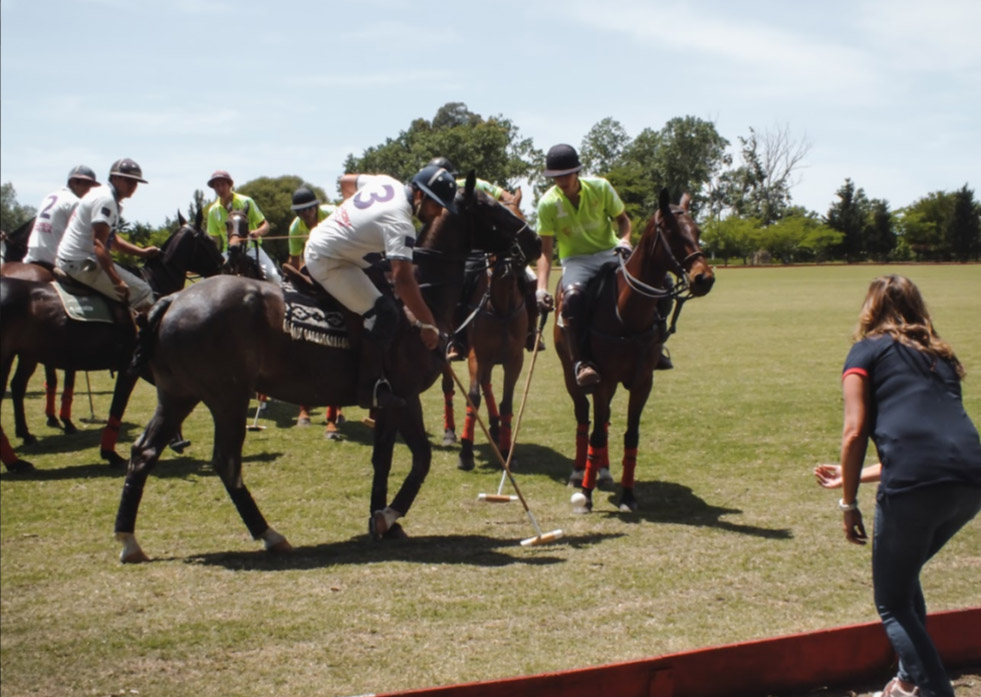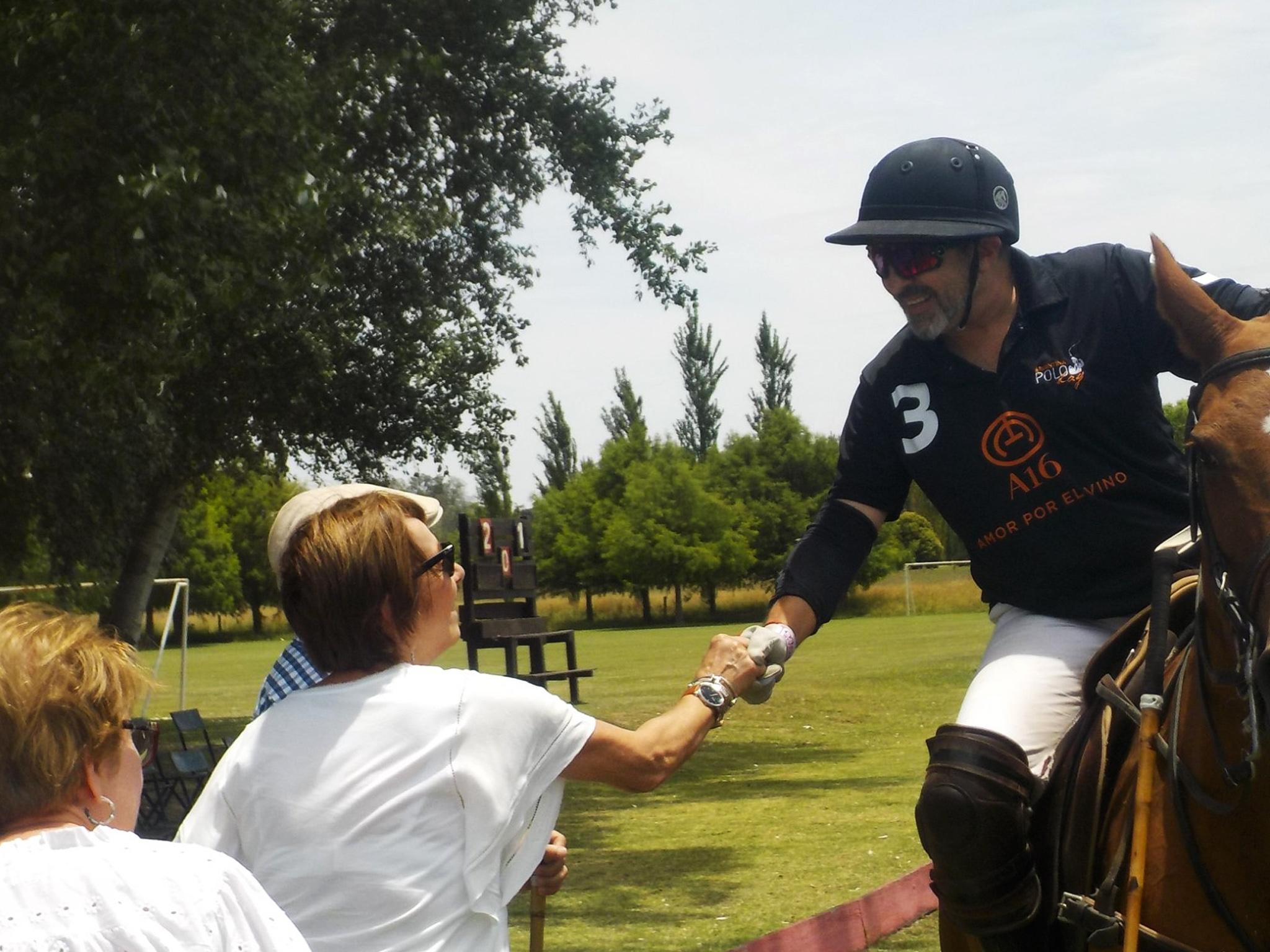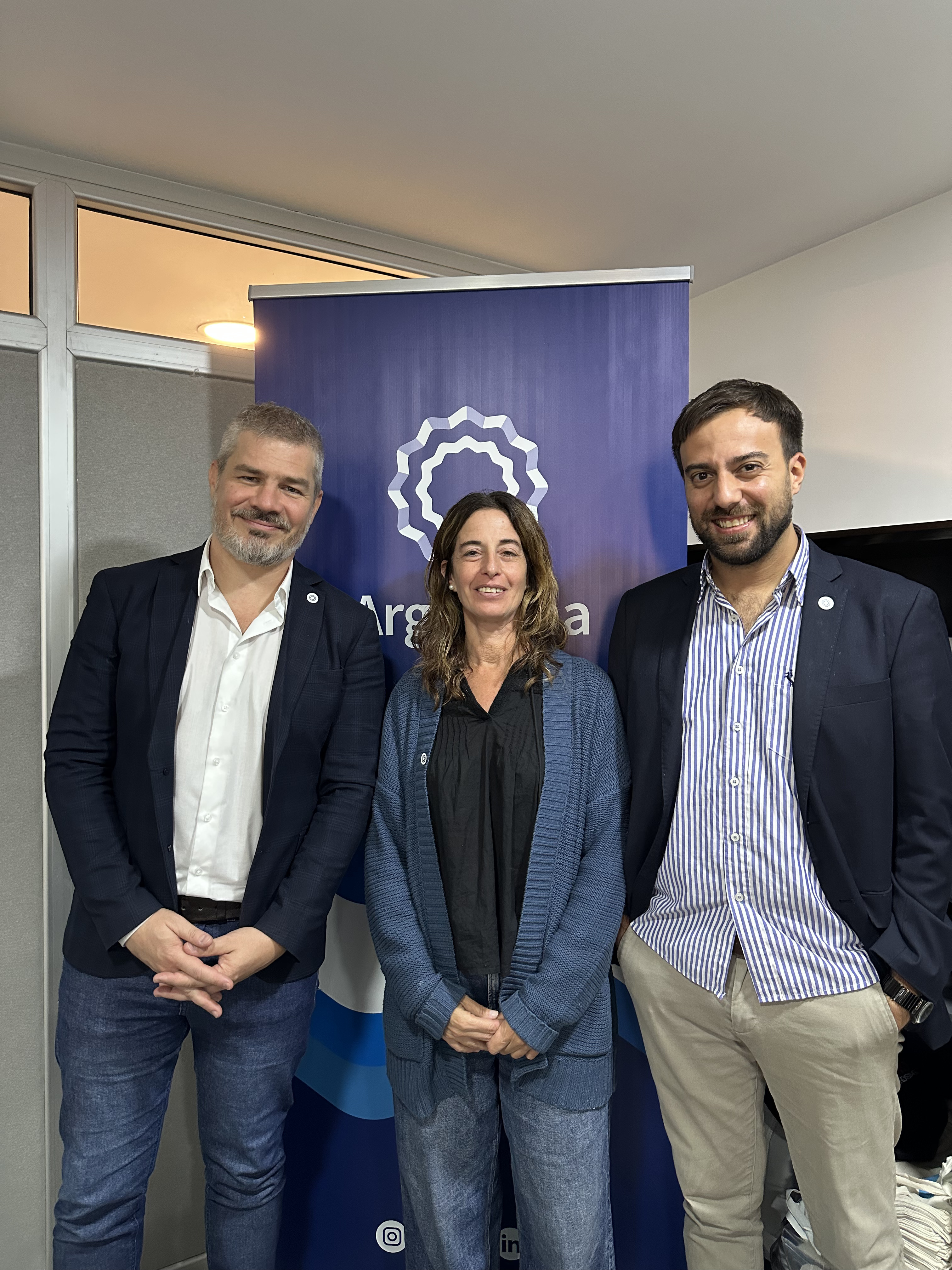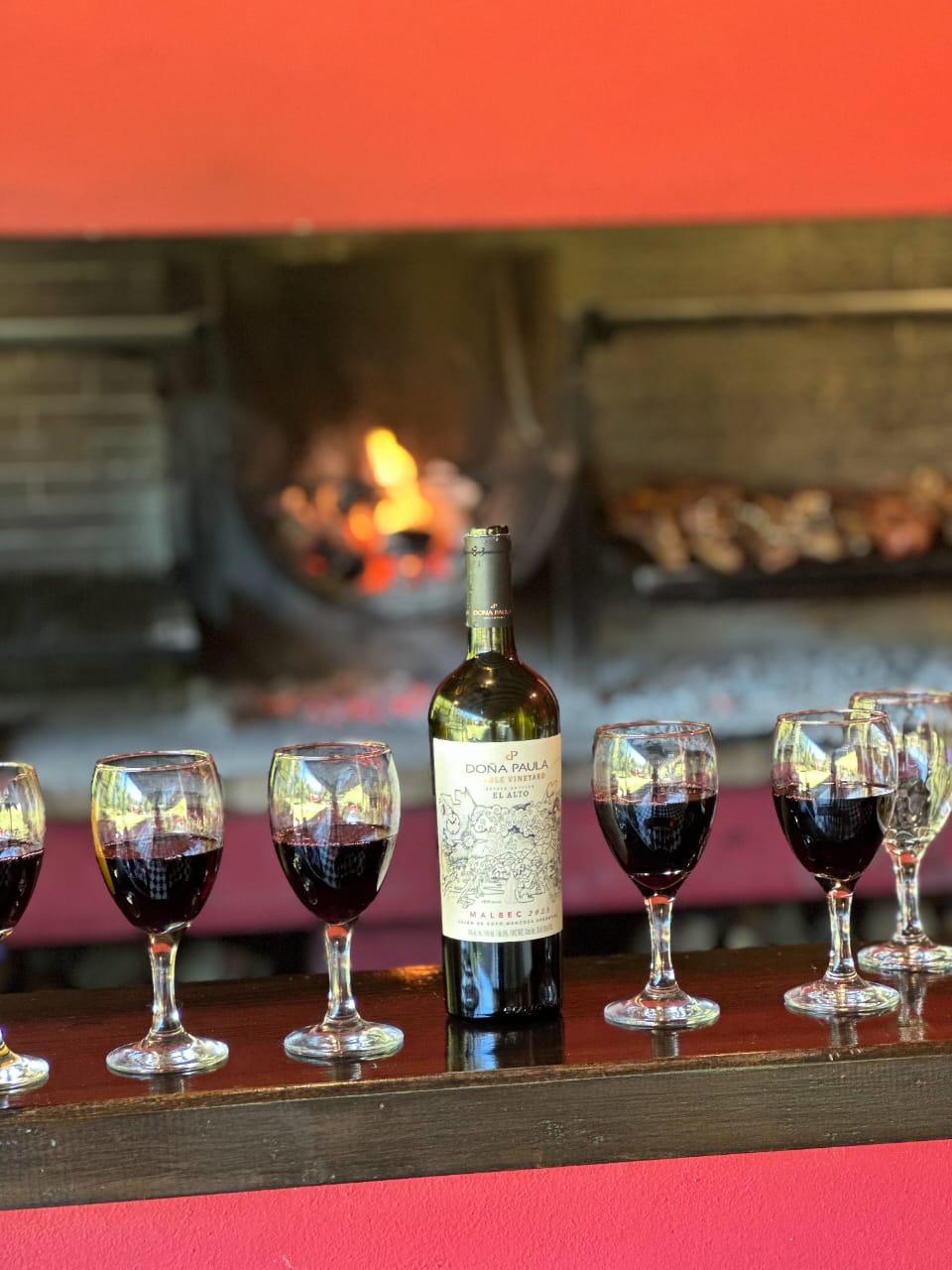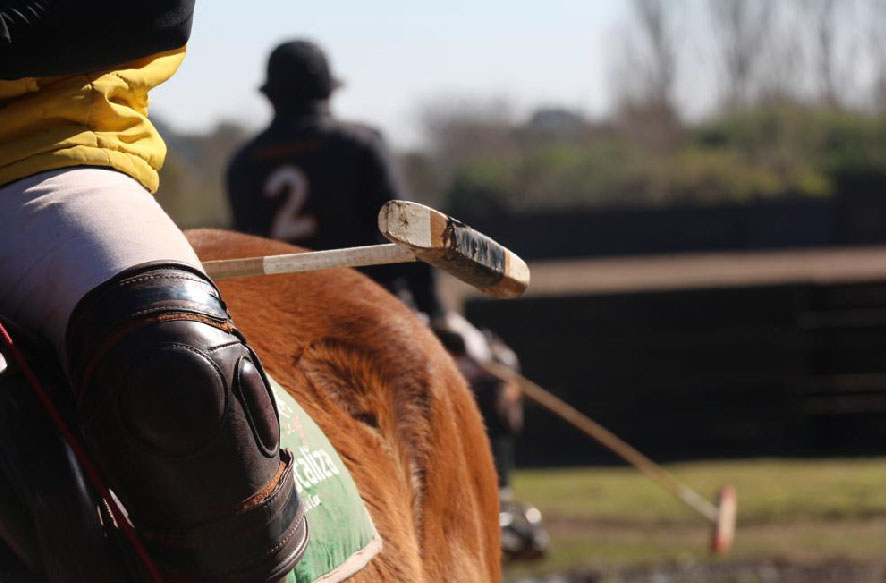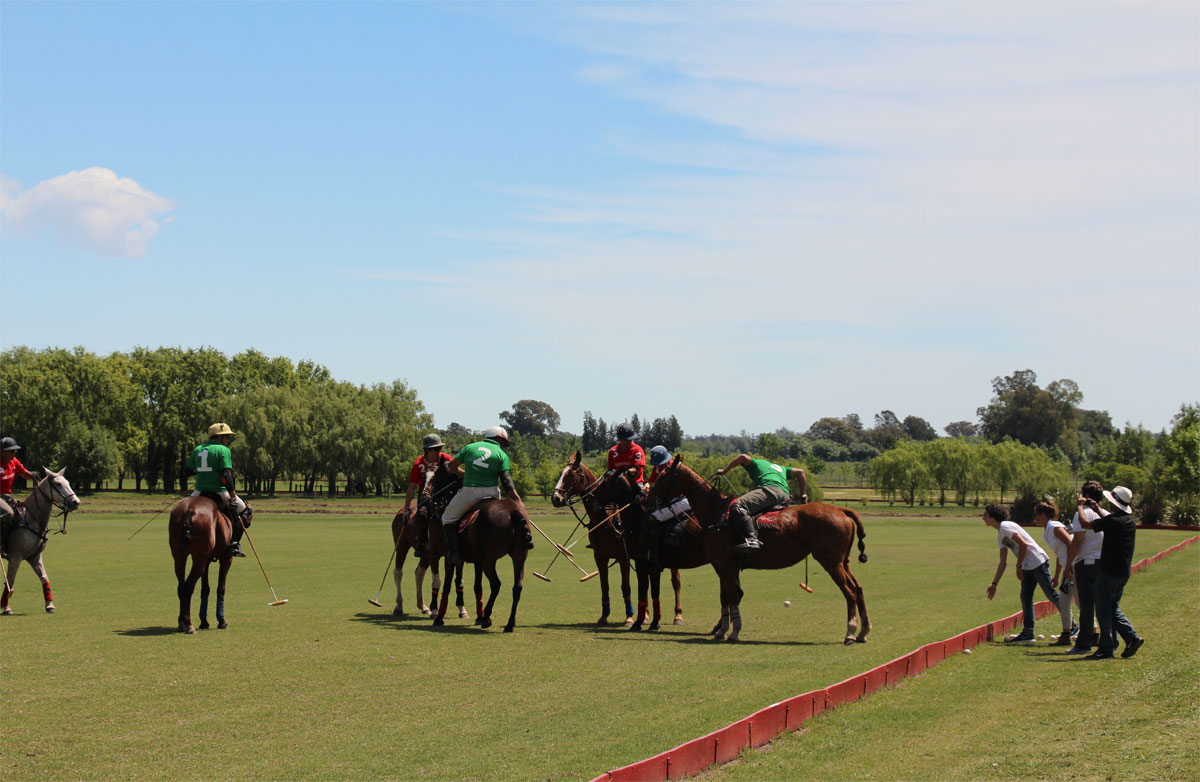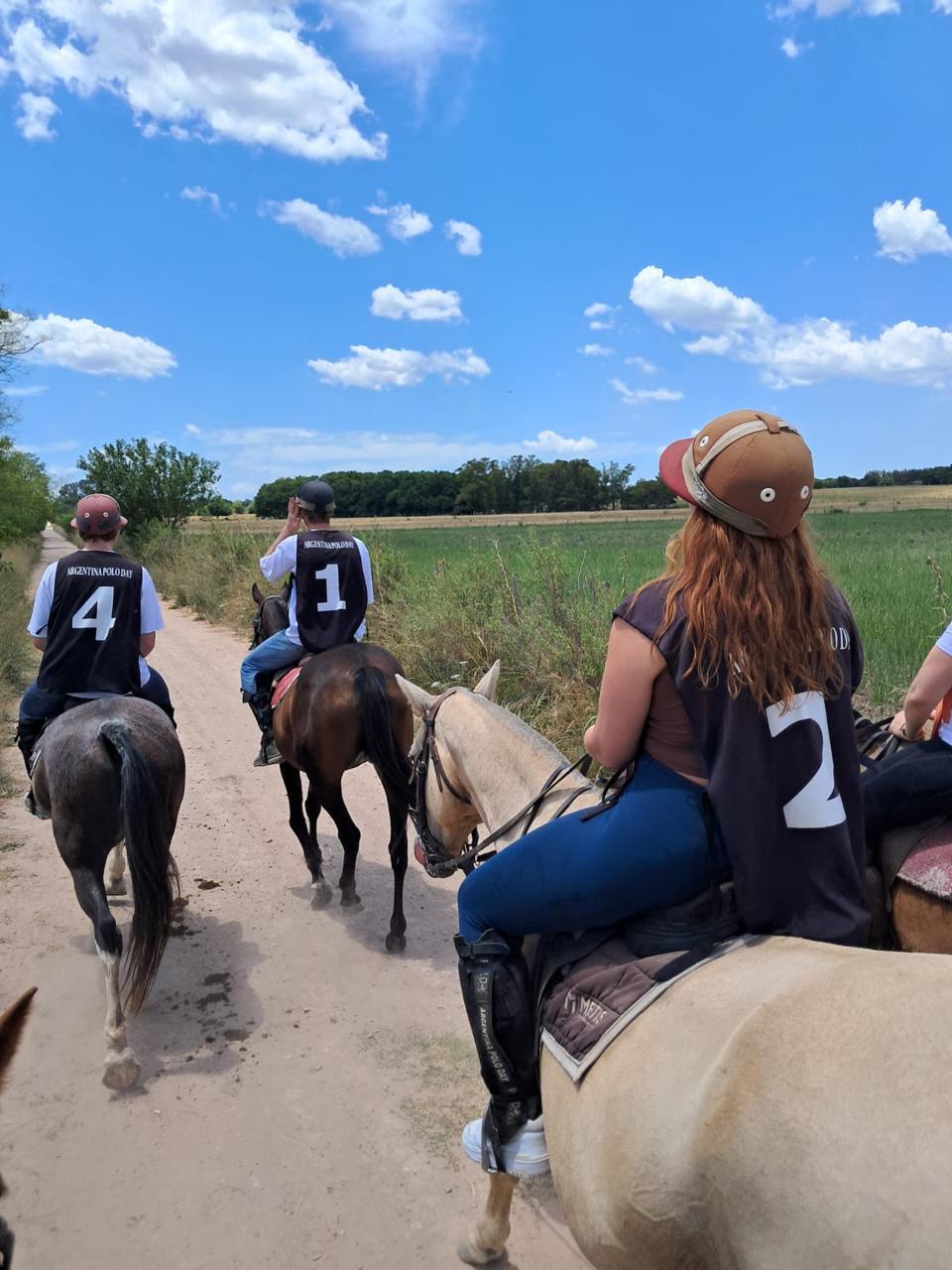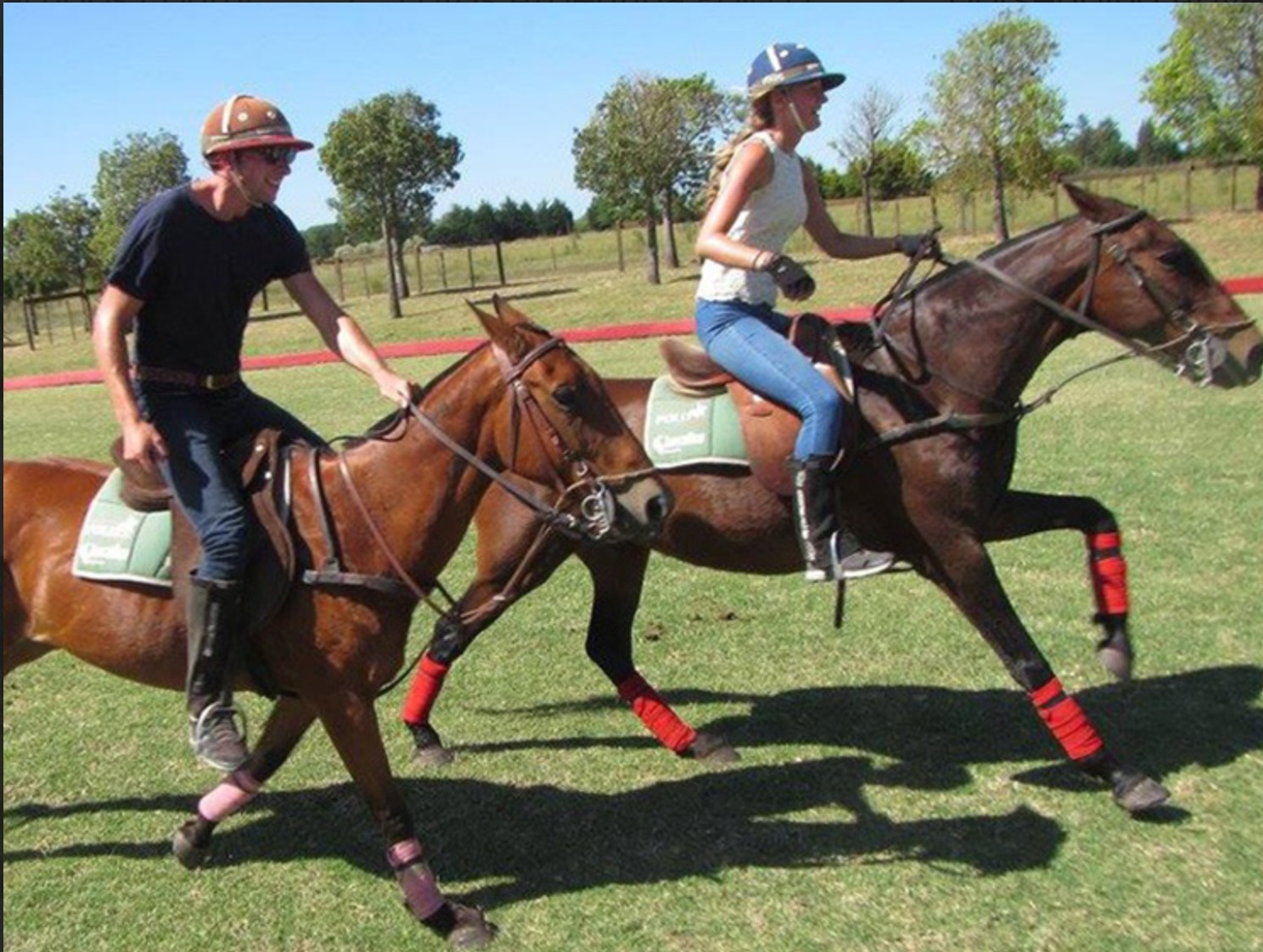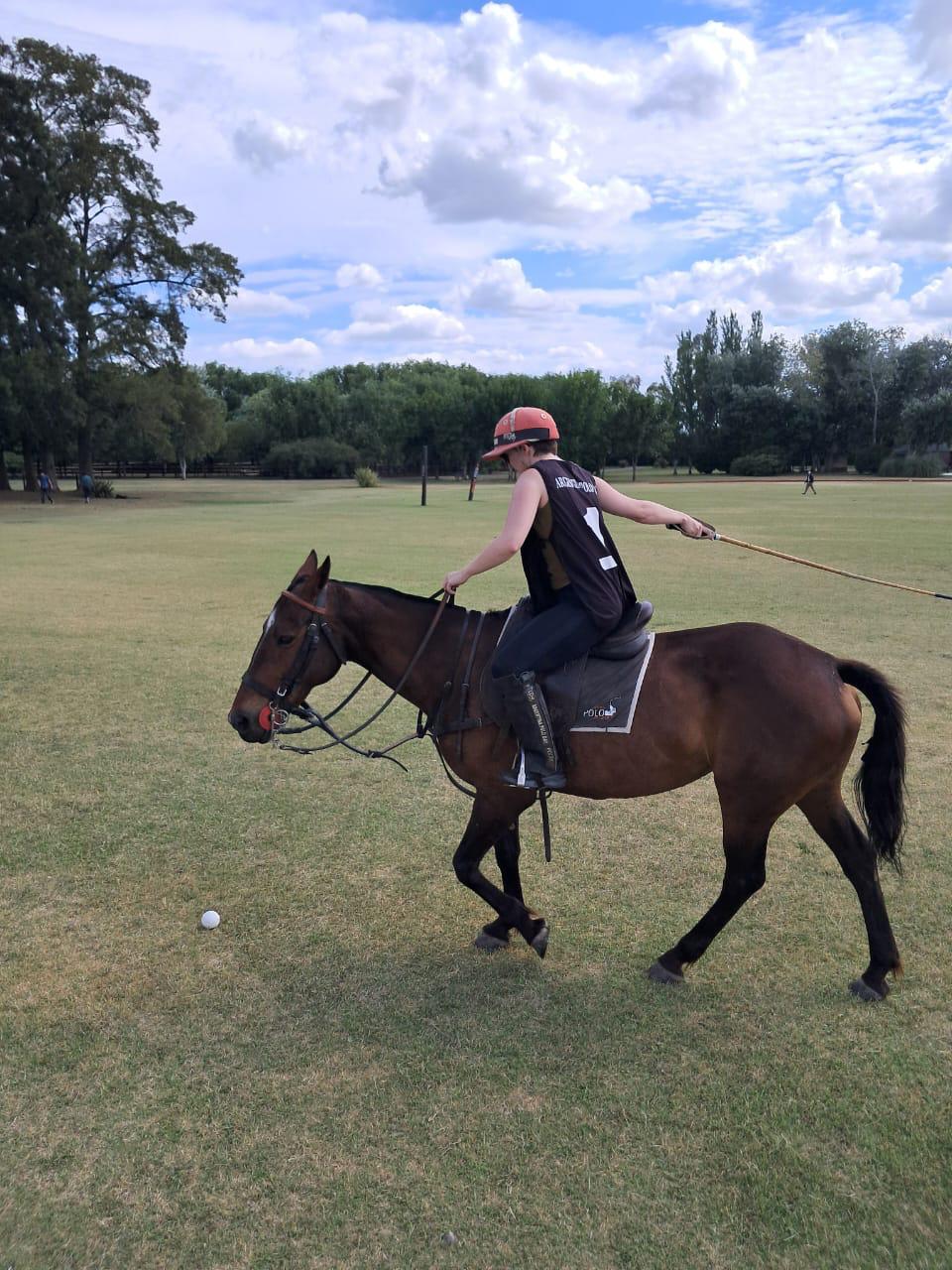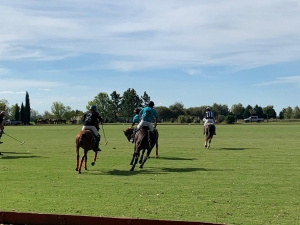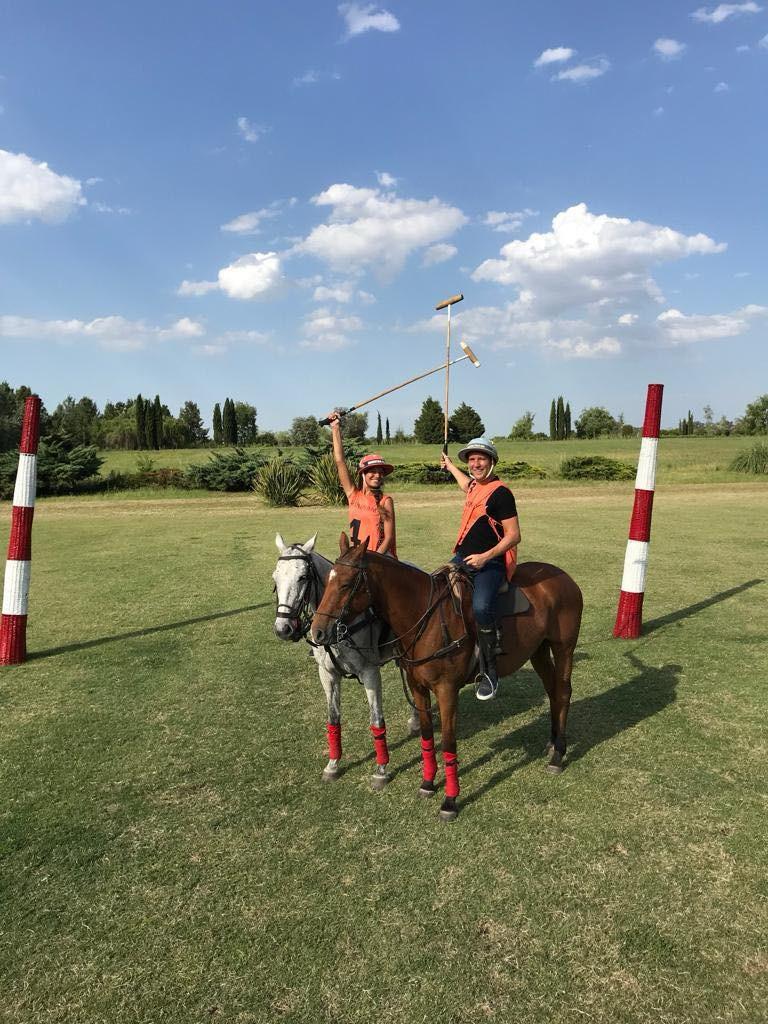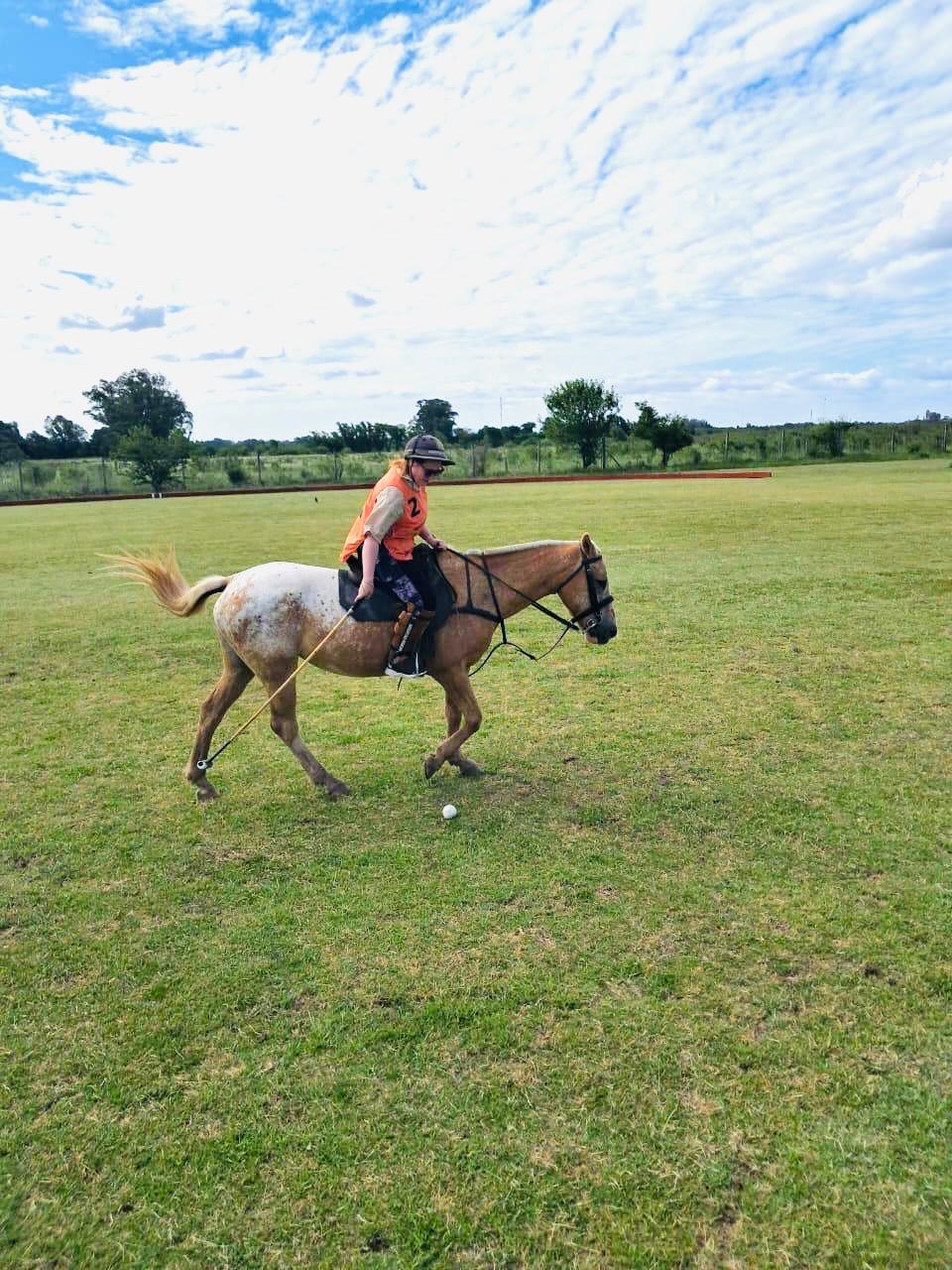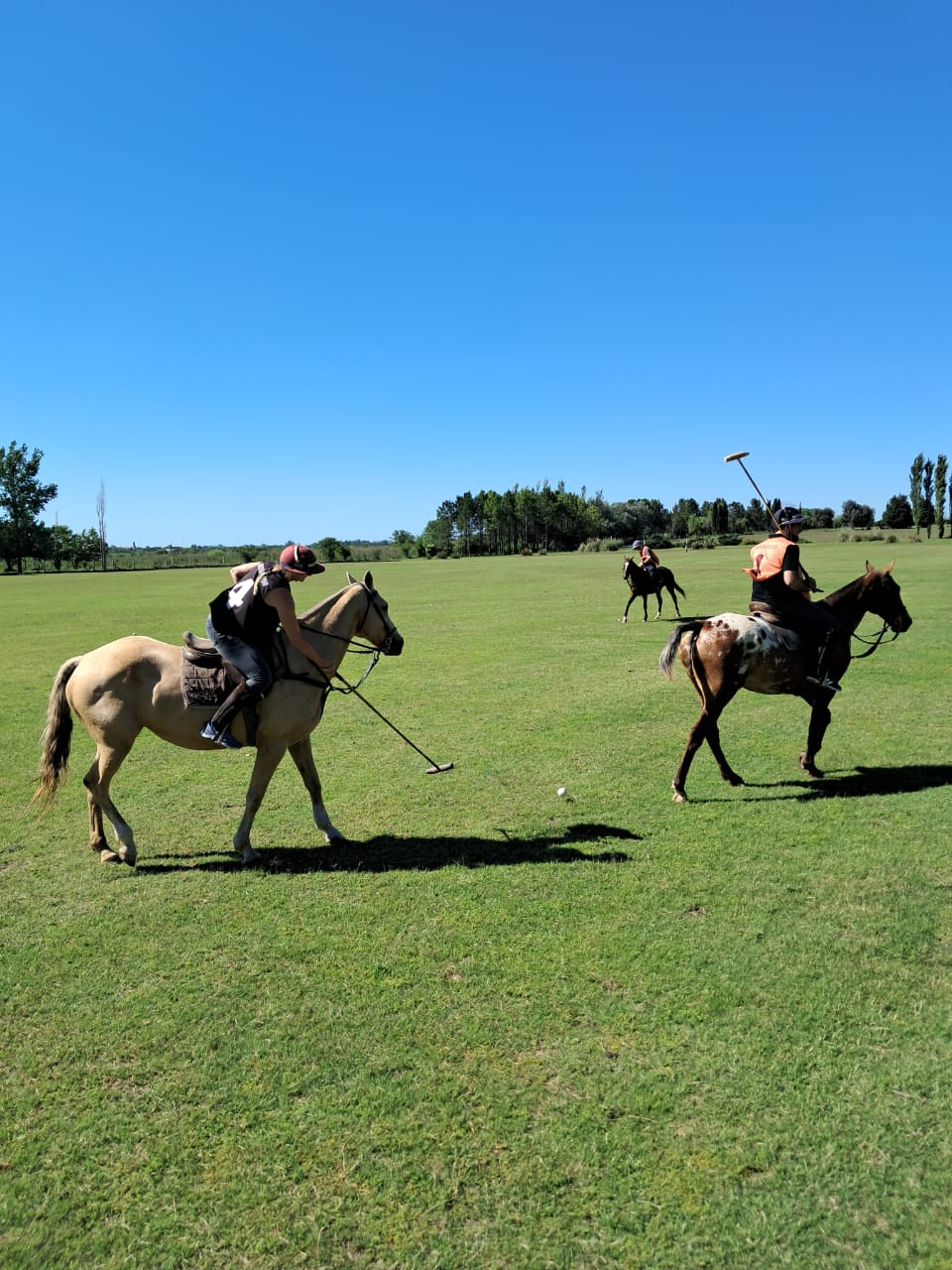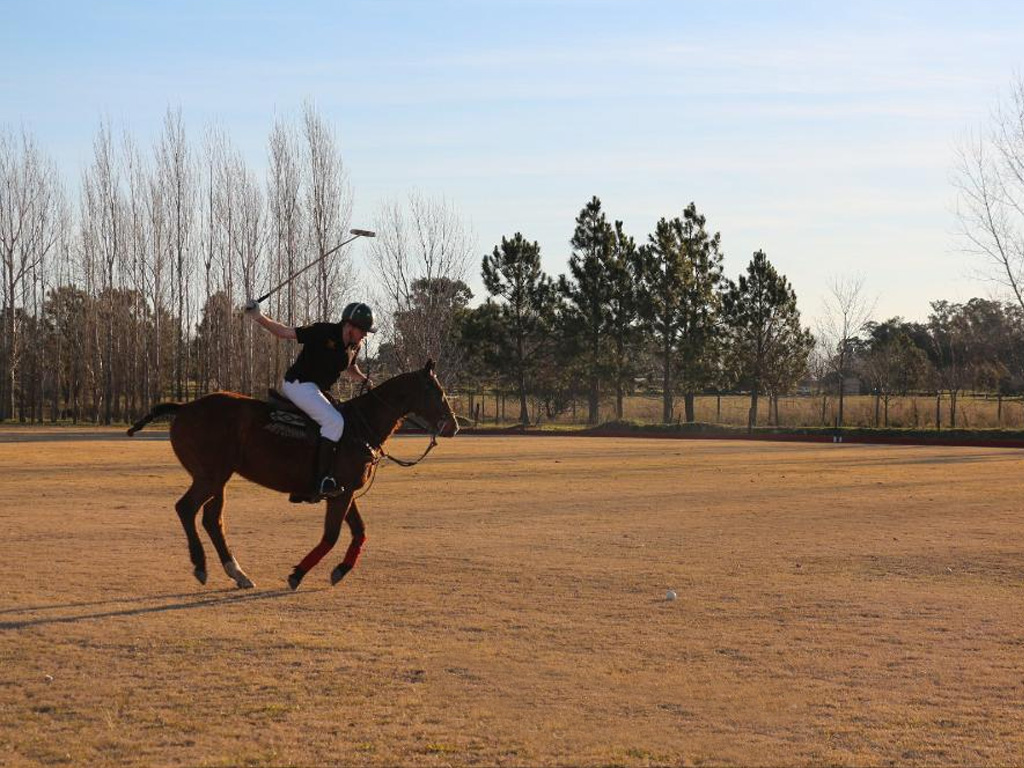-
What are Polo Day and Polo Night - 10 julio, 2025
-
What Are the Basic Rules of Polo? - 27 junio, 2025
-
Creando experiencias de alto valor - 6 junio, 2025
-
Encuentro positivo y productivo con Marca País Argentina - 6 mayo, 2025
-
Polo, vino y tradición: una colaboración que destaca lo mejor de Argentina - 8 abril, 2025
-
What Equipment Is Needed to Play Polo? - 25 marzo, 2025
-
Argentina Polo Day Magazine #4 - 14 marzo, 2025
-
What are the basic rules of polo? - 6 marzo, 2025
-
- 3 febrero, 2025
-
Argentina Horses: A Legacy of Strength and Grace - 27 enero, 2025
Mastering Polo Training: Insights from Experts
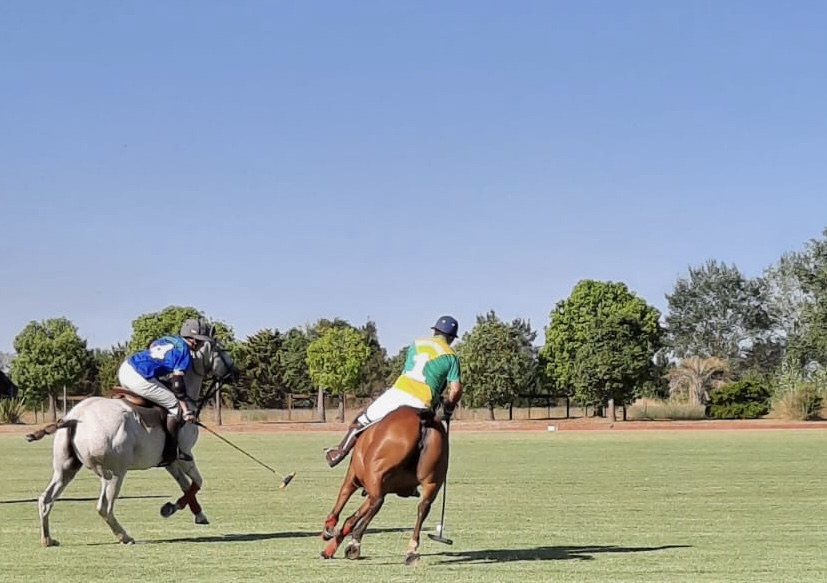
In the world of polo, physical training has become indispensable for players aiming for peak performance. Whether amateur or professional, players are increasingly prioritizing specific training routines guided by seasoned professionals. Let’s delve into the intricacies of polo training and explore insights from experts in the field.
Unveiling the Secrets of Polo Training: Expert Perspectives
- Understanding Optimal Training Frequency: Polo training frequency varies depending on the player’s level and objectives. Professionals might train more frequently, while amateurs typically aim for a balanced routine. According to Danilo Pellegrino, a renowned physical trainer, a comprehensive training regimen often involves three sessions per week, combining technique and physical conditioning.
- -The Role of a Trainer in Polo Training: While some players may initially train with a coach, eventually, they can develop self-sufficiency. However, having a trainer offers invaluable guidance, correction of errors, and personalized routines. Danilo emphasizes the analogy between cooking and training, highlighting the difference professional guidance can make in achieving optimal results.
- Essentials of Physical Preparation: Polo demands a blend of basic fitness and a focus on strength and endurance. Core strength is particularly vital for maintaining balance and executing precise movements on horseback. Key exercises include bodyweight circuits targeting major muscle groups such as push-ups, tricep exercises, and leg strengthening routines.
- Targeted Muscle Groups in Polo: Polo places significant demands on specific muscle groups, particularly those crucial for stability and mobility. Core muscles, including the lumbar region, abdominals, and glutes, are heavily engaged during play. Trainers emphasize strengthening and conditioning these areas to enhance performance and prevent injuries.
- Post-Training Recovery and Nutrition: Post-training recovery involves thorough stretching, with a focus on spinal flexibility to alleviate strain. Additionally, maintaining a balanced diet rich in protein and carbohydrates supports muscle repair and energy replenishment.
Conclusion:
Polo training has evolved into a meticulously planned regimen, with trainers playing a pivotal role in maximizing player performance and minimizing the risk of injuries. By understanding the nuances of physical preparation and recovery, players can excel both on and off the field, ensuring a sustainable and successful polo career.

